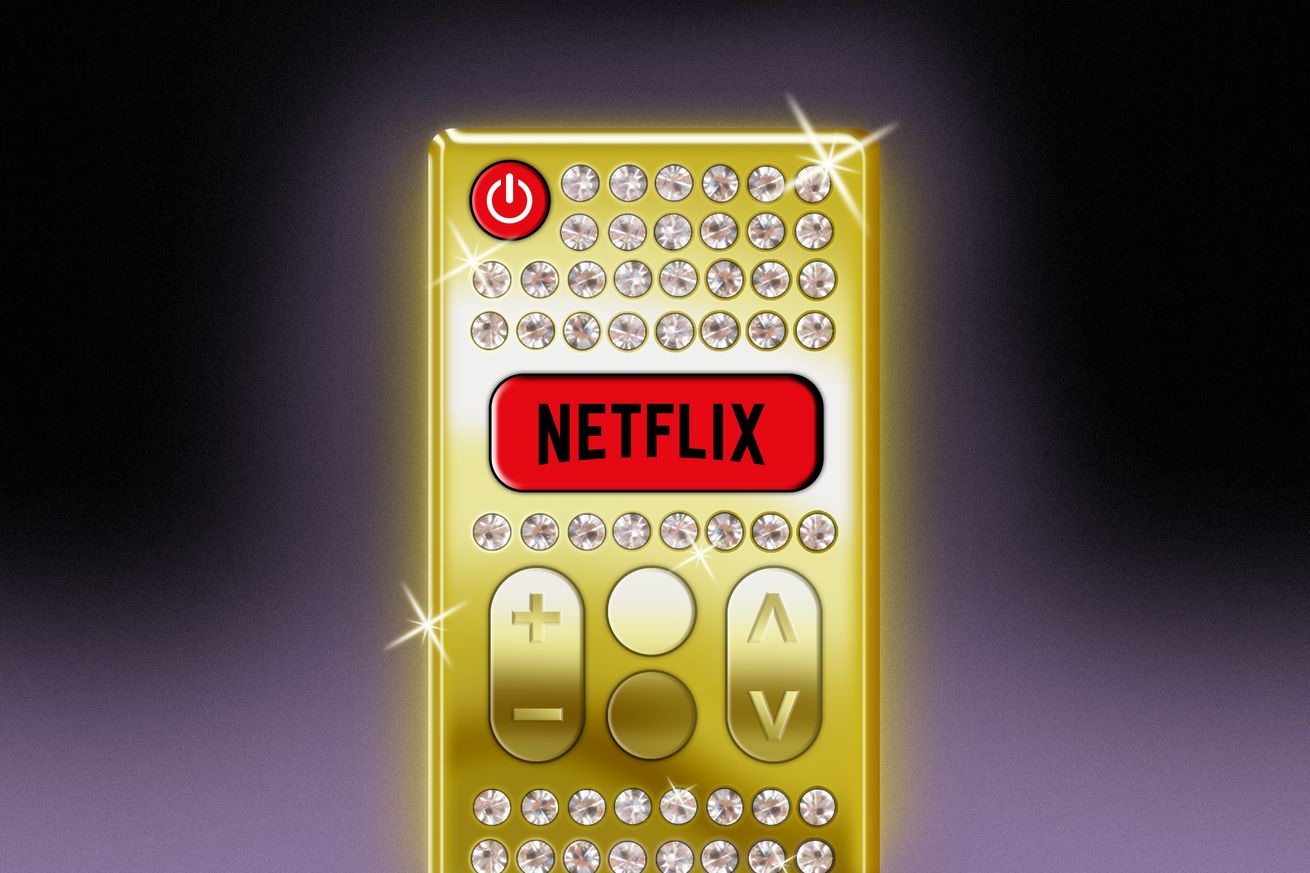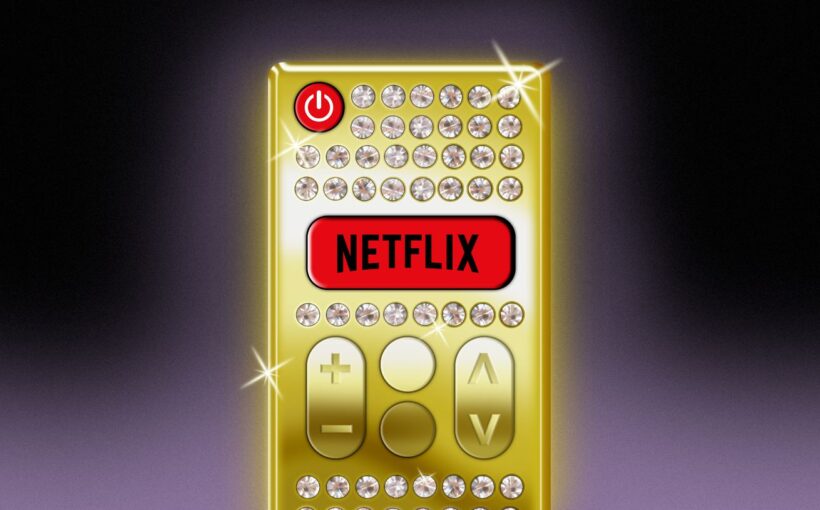
Netflix is at an all-time high. Disney is cracking down on password sharing. And Apple TV Plus has doubled its prices. Will the streaming squeeze ever end?
There was a moment, in 2019, when streaming services were one heck of a deal. Apple TV Plus was free if you bought any kind of Apple device; you could get Disney Plus for $4 per month and lock that price in for three years; Hulu lowered its price to stay competitive; and you could share your Netflix account with as many friends, family members, roommates, and exes as you liked.
Those days are now far behind us. This year alone, all of the major names in streaming — Netflix, Hulu, Disney Plus, Max, Apple TV Plus, Paramount Plus, and Peacock — have raised their prices. Netflix’s most expensive plan has officially crossed the $20 threshold, and other services are steadily headed in that direction. The price of streaming is at an all-time high.
For streaming veterans like Netflix and Hulu, price hikes have become an almost yearly ritual. But for relatively young services, such as Disney Plus, Paramount Plus, Peacock, and Apple TV Plus, the price increases have only just begun. That leaves cord-cutters with ever-increasing bills and one big question: when will the price hikes stop?
Probably not anytime soon.
“Is there an upper bound where it’s going to get too expensive and people will just stop subscribing? Of course,” Paul Erickson, the principal at Erickson Strategy & Insights, tells The Verge. “But I think that we’re a long way from that.”
Netflix has guided the industry as the elder sibling in the streaming world. It’s had many years to experiment with its pricing tiers, types of content, and new features. Not only was the streamer the first to introduce a pricier Premium plan in April 2013 but it was also the first to raise the price of its base plan, bringing its Standard tier from $7.99 to $8.99 in 2014. (It is now nearly double where it started.)
“What Netflix does is a bellwether for what a lot of other companies are going to do.”
All this time, Netflix’s competitors have been taking notes. As Netflix gradually bumped up prices throughout the years, Hulu — the company’s oldest rival — followed suit. It let Netflix test out price points almost dollar by dollar before eventually sliding its plan up to match.
“What Netflix does is a bellwether for what a lot of other companies are going to do,” Erickson says. “They’re going to see if Netflix can validate a price raise, a password crackdown, or some other major change first. If Netflix is doing it, it makes it a bit more socially acceptable for the other services.”
Netflix has led the charge on norm-shattering changes in the industry, like asking subscribers to pay to share their account with someone outside of their household. In May, I wrote that Netflix’s changes might ruin password sharing for everyone — and already, that has started to unfold. During an investor call in August, Disney CEO Bob Iger said the streamer is “actively exploring” ways to crack down on password sharing.
Still, none of them have caught up to Netflix in terms of premium-tier pricing, and there’s a reason for that. Netflix is confident that subscribers will fork out more to access its streaming library, allowing it to get away with hefty price increases in a way that other streamers can’t. “Consumers love things that work,” Dan Rayburn, a streaming media expert and industry analyst, tells The Verge. “When was the last time Netflix had an outage?”
Over the years, we’ve seen some Disney Plus crashes and issues with the service formerly known as HBO Max. But Netflix’s reliability goes beyond its uptime. Netflix’s users also aren’t forced to get accustomed to a new interface like they are with Max, and they certainly don’t have to deal with the wonky playback controls on Discovery Plus.
These price hikes aren’t just happening because of Netflix. After several years of consistent subscriber growth, things have started to slow down across the industry. Netflix lost subscribers for the first time in over a decade, and other services — even newer ones — began to see very little growth. That, along with the growing costs to create and license content, has pushed streaming services to do as much as they can to cash in on existing subscribers, whether that means cracking down on password sharing or implementing an ad-supported plan to appeal to new customers.
None of Netflix’s rivals have reached the ceiling set by the service’s $22.99 Premium plan, but they may get there soon. Services are looking for more ways to add value to their subscription, whether that’s in the form of content or features. Max is giving users the option to tack on a live sports package, while Disney Plus is embracing livestreaming. Others, including Peacock, Paramount Plus, Apple TV Plus, and Prime Video, also have footholds in live sports. As services continue to expand the breadth of what they have on offer, the value — and the price — of subscriptions will only go up.



